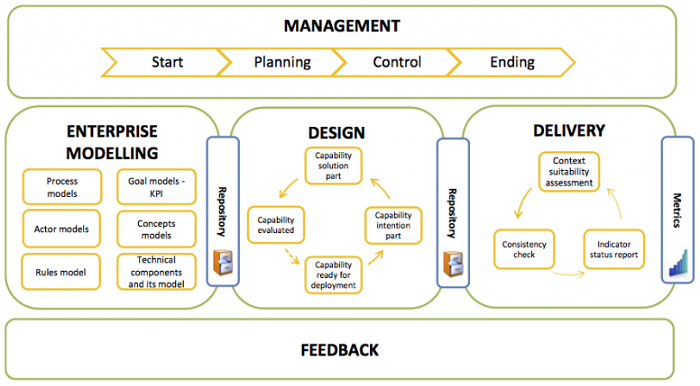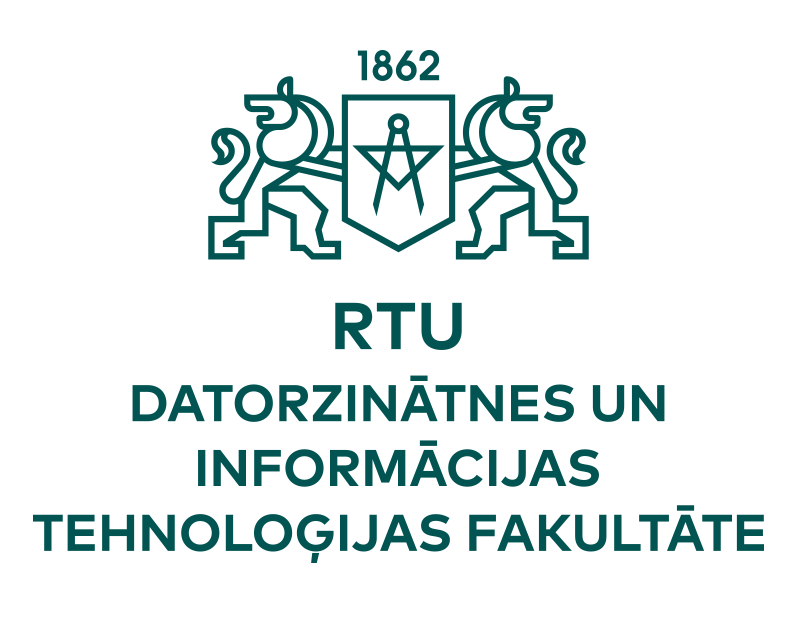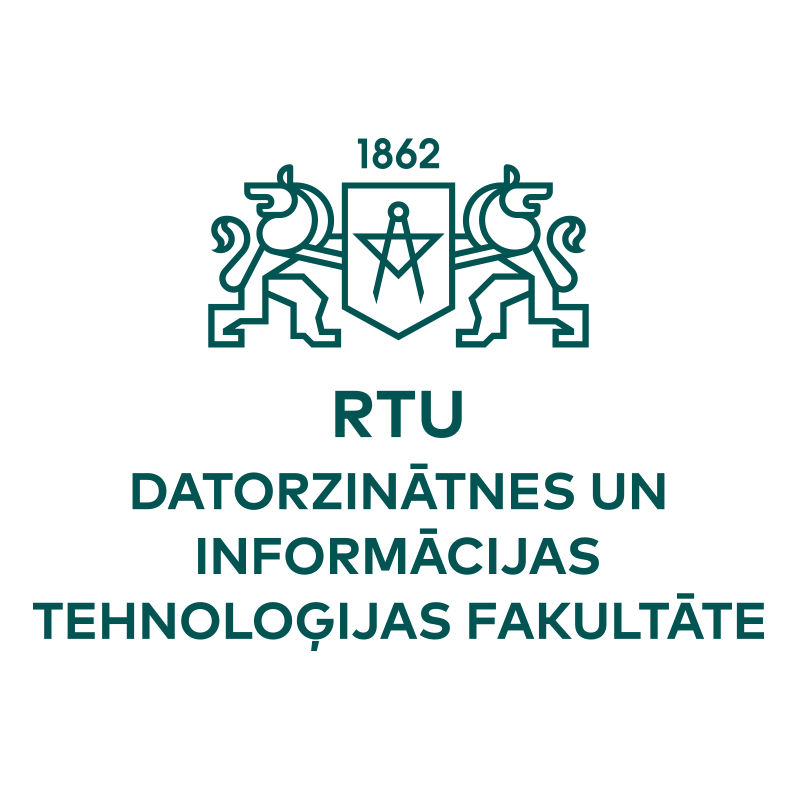
|
Operating in the modern digital business world increases the importance of business agility, for example, in terms of customisation, availability and scalability. The requirement for modern information systems is to have the capability of delivering business value considering contextual variations such as, business models of the suppliers, user preferences and past activities, location, resource pricing and demand forecast, as well as local legislation and practices. The CDD (Capability Driven Development) methodology provides means for developing information systems meeting these requirements. The methodology enables development of context-aware and adaptive components for enterprise information systems. |
Capability Driven Development Methodology consists of:
- Methodology documentation
- Development environment
- Methodology usage know-how
The methodology documentation is publically available at http://caas-project.eu/getting-started/. The development environment is created using open source technologies. Its description is available at http://caas-project.eu/tool-support/. RTU provides access to the environment in the SaaS mode un the access to the system can be request at http://cdd.vitk.lv/. RTU together with partners offers methodology application expertise and know-how.
The methodology (Figure 1) provides guidance for developing capable information systems. The main features of the CDD methodology are:
- Enterprise modelling phase, which defines information about the digital enterprise necessary to specify requirements for development of capable information systems. It allows involving business people in information system development;
- Design phase, where the capable information systems is designed on the basis of the existing knowledge in a model-driven manner;
- Delivery phase, where the capable information system is executed, monitored and adjusted to changes in the operating environment if necessary;
- Feedback phase, where the system delivery experiences are accumulated and changes in the design are requested.

